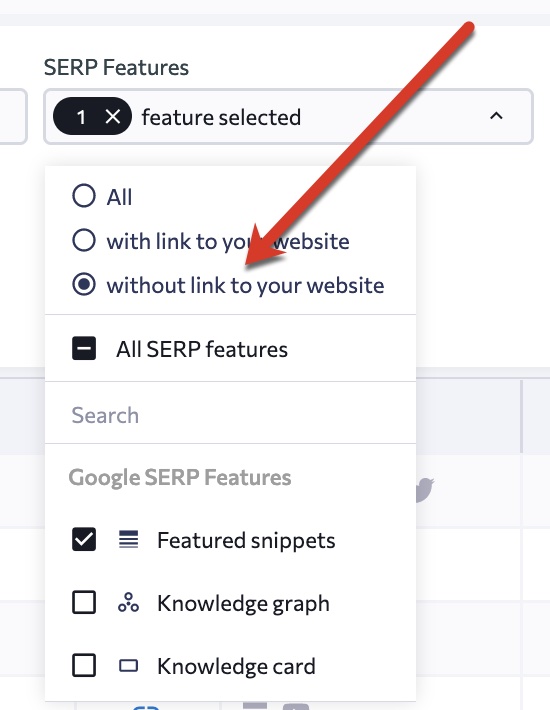As the co-founder of Spaceback, I couldn’t be more excited to see “social display” growing, but I think it’s important to acknowledge: we didn’t invent the trend of using social media content outside the walled-gardens. Social media has already outgrown the walled-garden!
Throughout the past year, my co-founder, Joe Hall, and I have text messaged each other over 30 examples of social media posts on traditional television screens. We are surrounded by connected screens that offer advertisers with opportunities to capture our attention. Savvy marketers know that they don’t have to go back to the drawing board when it comes to developing content for each new environment they want to have a presence in.
About the author: Casey is Co-Founder and CEO of Spaceback, the first platform to bridge the gap between social and paid media. As a long time product lead and digital advertising veteran, Casey has held senior positions at Admeld, Google (twice), iSocket, and Magnite. He is also a champion disc golfer and an active musician / recording artist.
*This is a guest post by Casey Saran, CEO at Spaceback.
In fact, I’ve already seen social media posts in the place of traditional advertisements in shopping malls, on digital billboards, and on the side of bus stops.
Social Media on Television Screens
It’s no surprise that Meta is also cashing in on the familiarity of the post experience. This ad for Facebook Groups went so far as to recreate the entire social frame, complete with the number of social engagements. It’s only a matter of time before we start seeing ads with these kinds of elements updated in real-time!
Think about it this way: there are over 100 million photos posted on Instagram each day according to Social Pilot. Given the massive volume of high-quality content created for social platforms, it’s obvious that some of this content is going to find life beyond the walled garden.
One of the most fascinating new trends is seeing authentic recreations of social media posts on television screens. I’m not talking about the use of social media elements, such as icons and hashtags, to encourage engagement on other devices (this has been going on for well over a decade and has looked a bit cheap since day one). I’m talking about things popping up on our TVs that look like actual social media posts. I first started seeing social posts on my TV related to major sporting events.
If Jeff Goldblum had skipped archaeology for media studies, he would have told us that “good content will find a way”. Let’s take a closer look at how social media has outgrown the walled-gardens.
Networks have started to recreate athlete’s social media posts as part of their content broadcasts. For example, NBC prominently featured athlete’s Instagram posts during their coverage of the 2022 Winter Olympics. The other day I was filling up at my local gas station when I noticed vertical video on the screen at the pump. I looked closer to see that this wasn’t just any vertical video – I was experiencing an actual TikTok post! The gas station is on a busy road, so I had to lean in closer before realizing I could even hear it. Even the caption overlays were copied and pasted directly from the TikTok app. I could have held my phone right next to it and you wouldn’t know the difference.
As marketers, we tend to think of the television as the most important screen in the home, but I can’t claim social media has become ubiquitous without looking beyond the television.
As marketers look for ways to generate attention on all kinds of new screens, recreating social media experiences allows them to leverage content that they already know their audiences enjoy.
Social Media on “Other” Screens
The fact that social media is having such an enormous influence is impressive given that media companies have a long (and siloed) history of creating content specifically for television screens. As programmatic television platforms lower the barrier to entry for direct to consumer and social-first brands to spend on television, we can expect to see more and more social media during commercial breaks.
Here’s a few examples from that thread:
Our partnership with Tinuiti offers a new level of authenticity and automation, making it easy for brands to recreate their most engaging social media experiences in digital advertising environments and drive real business results. We call this approach to digital advertising creative “social display”, and we find that Social Display ads consistently generate better results for advertisers than traditional banner creative.
Networks are not the only platforms displaying Tweets on the air. I captured this example from a Burger King ad while watching an NBA game at home. It’s become commonplace to see social media content as part of traditional television ads. The familiar look and feel is easy to digest, combats ad blindness and encourages engagement through authentic content. Social media isn’t only outgrowing the walled-gardens in the United States. This example was captured at an airport bar in Mexico City during the Fox Sports coverage of Formula 1. This social post was on screen for well over 20 seconds (with a slightly animated background), and features a user comment.
Here is an image I captured while enjoying a pint and a chicken sandwich at Brewsters Beergarden in Petaluma, CA during ESPNs Super Bowl coverage. The 7-word tweet from Patrick Mahomes was recreated in its full glory, verified avatar and all.
And it makes sense. You don’t need to download an app to know what a social media post looks like. The posts are everywhere. The social media aesthetic has become ubiquitous.






